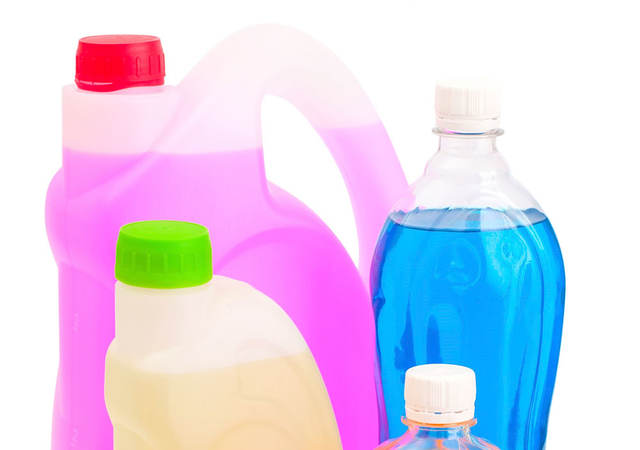Overview
Indoor Air is two to five times more polluted than outdoor air
Most of our exposure to environmental pollutants occurs by breathing the air indoors. These pollutants come from activities, products and materials we use every day. The air in our homes, schools and offices can be two to five times more polluted, and in some cases 100 times more polluted, than outdoor air.
People spend 90 percent of their time indoors
Indoor air quality is a significant concern, because when the hours spent sleeping, working in offices or at school are added up, people on average spend the vast majority of their time indoors where they are repeatedly exposed to indoor air pollutants. In fact, the U.S. Environmental Protection Agency (EPA) estimates that the average person receives 72 percent of their chemical exposure at home, which means the very places most people consider safest paradoxically exposes them to the greatest amounts of potentially hazardous pollutants.
What contributes to poor indoor air quality?
Chemicals
The primary sources of indoor exposure to airborne chemicals are products used in interior environments, including furnishings, building materials and other household and office products, that can emit thousands of volatile organic compounds (VOCs) and particles into the air. Of all the culprits that can affect IAQ, chemical emissions are the most harmful as they can contribute to a wide range of health effects.
Mold
Moisture problems are another common source of indoor air pollution as they can lead to indoor mold growth. Mold can also emit VOCs and particulates, compromising indoor air quality, and leading to negative health effects. Since it is impossible to eliminate mold spores, the best way to reduce the impact of mold on indoor air quality is to prevent or promptly repair the moisture problems that enable mold growth.
Particulates
The particles emitted from products such as furnishings, building materials and other household and office products are another source of indoor air pollution. Airborne particulates can also come from dirt and dust that is tracked in from outdoors. Particulates can trigger allergies and other respiratory problems in many people. Installing walk-off mats at doorways and changing air filters regularly are both good strategies to limit these pollutants.
Poor ventilation
Most of the buildings in which people spend the majority of their time are tightly sealed and insulated to keep out unconditioned outdoor air. Furthermore, most ventilation systems are designed to bring in very little outdoor air and instead recirculate the indoor air that has already been heated or cooled. While this strategy is effective for minimizing energy costs, it can have a negative impact on indoor air quality.
The solution: Keep pollutants out in the first place
Improving the quality of indoor air is vital for human health. The EPA names source control as the best strategy to reduce indoor air pollution and limit chemical exposure. Source control can include selecting products that have been UL GREENGUARD® Certified for low chemical emissions. These products have been tested for more than 10,000 chemicals to confirm that they are low emitting.
- Certified products are listed in the free UL SPOT Database. For more information on how to combat indoor air pollution, please access Tips to Improve IAQ.
Get in touch
Have questions, need specifics? Let's get this conversation started.





